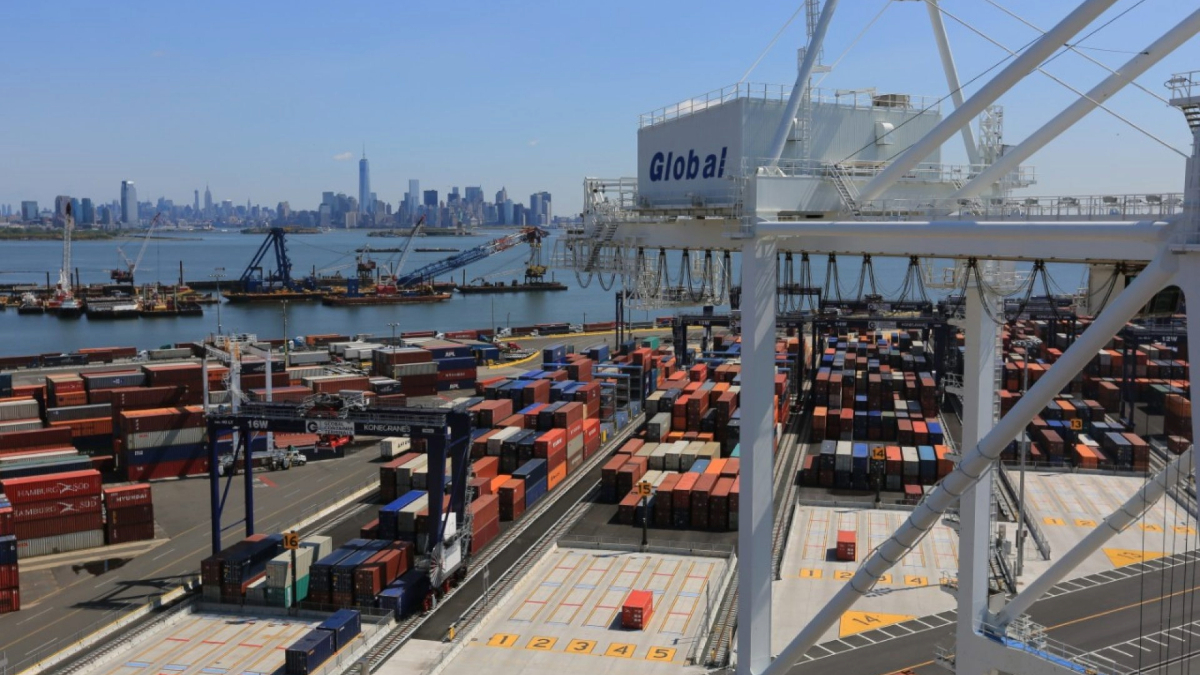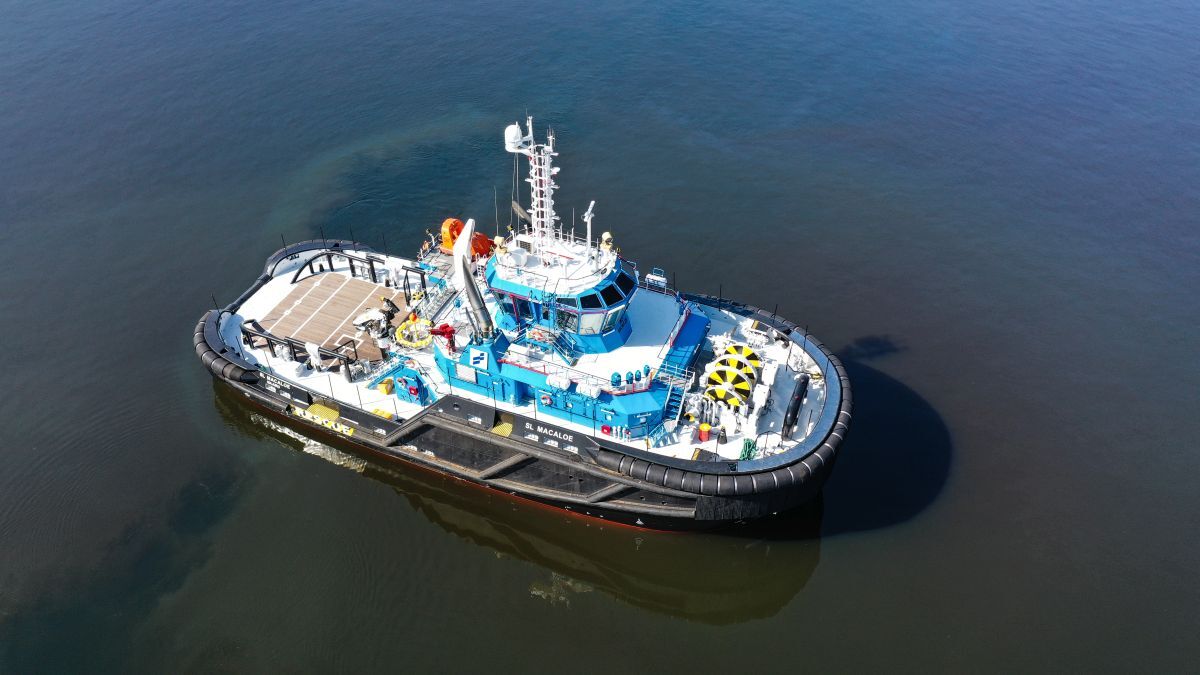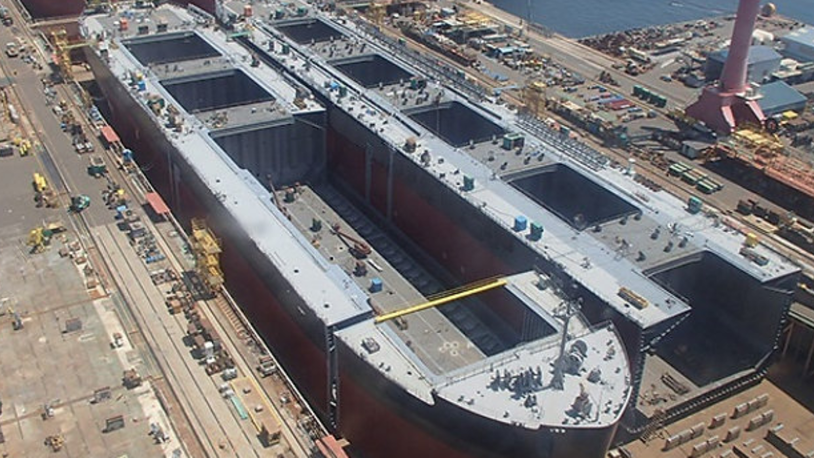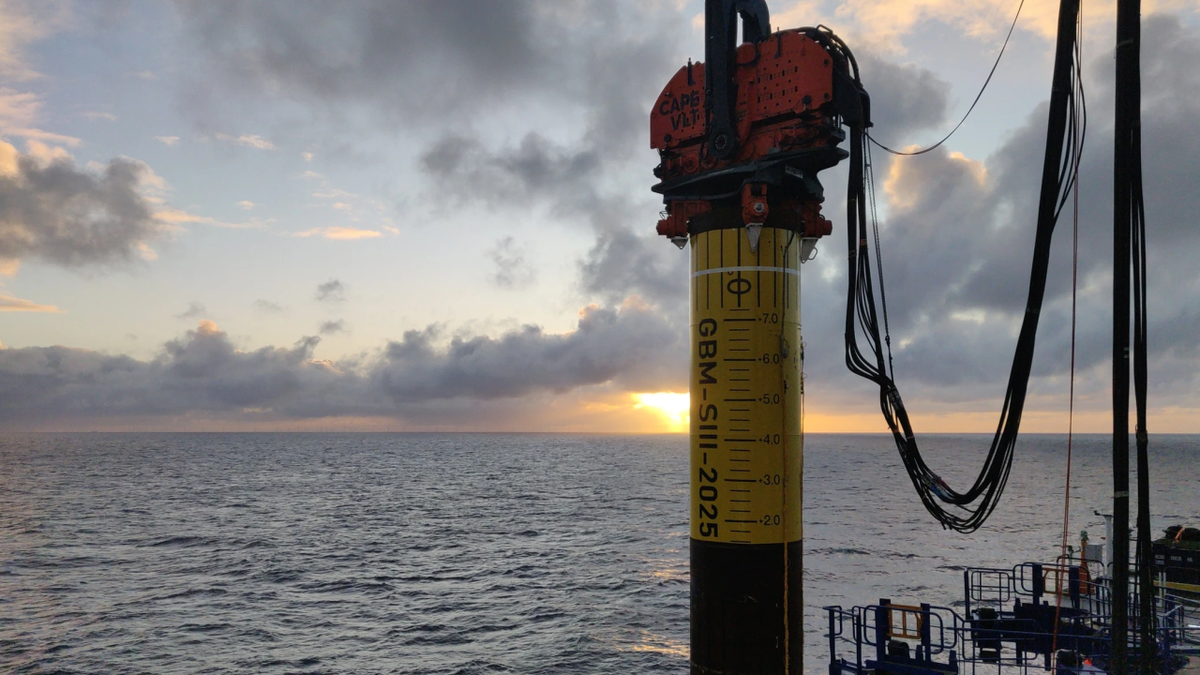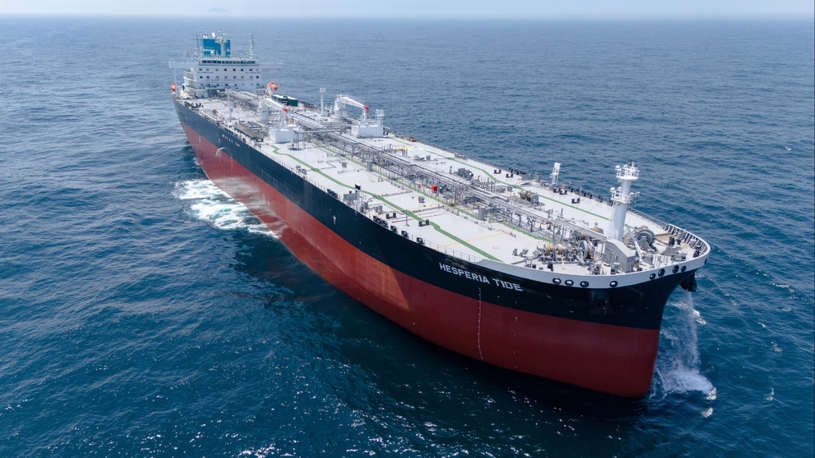Business Sectors
Events
Contents
‘Heightened tensions’ expected as USTR fee deadline approaches, China signals retaliation
A period of “heightened tensions” appears the most likely scenario as the US port fee deadline approaches and China signals retaliation, with shipping markets already feeling the effects
From 14 October, United States Trade Representative (USTR) actions will apply to Chinese-built, owned or operated vessels calling at US ports. In response, state-run Xinhua News Agency reported if “discriminatory restrictions” are imposed by any country, Beijing will introduce countermeasures. These could include special fees on vessels from those countries when berthing in China.
With both sides entrenched, shipping analysts describe a “tense atmosphere.” “The key question is whether this will lead to real escalation or if a compromise will be sought,” Intermodal head of research Yiannis Parganas told Riviera.
Mr Parganas expects an initial exchange of “symbolic blows” – targeted measures by Beijing to demonstrate resolve without broadly blocking access to Chinese ports. “A full confrontation would also harm its own economy, especially when exports are already under pressure,” he said, noting China’s past focus on politically sensitive imports such as US soya beans.
Washington, he added, is more likely to use tariffs as leverage than to impose across-the-board hikes. “A partial or targeted escalation seems more probable, keeping the negotiating card alive without blowing up bilateral trade,” he explained.
For now, Mr Parganas sees the likeliest path as a period of harsh rhetoric and limited countermeasures, with the door left open for talks before a second milestone in November. “At that point, it will become clearer whether we are heading into a genuine trade war or toward compromise.”
Container shipping braces for impact
Early announcements on US port fees shook investment decisions in both the newbuilding and secondhand markets, but later amendments and exemptions have allowed owners to adapt more smoothly ahead of implementation. Still, trade routes and vessel movements across major sectors are already feeling the impact.
Banchero Costa head of research Ralph Leszczynski told Riviera the policies will primarily affect the container vessel sector, where US port calls account for a large share of global trade and are heavily dominated by goods shipped from China. “This is a business already strained by tariff policies. The last thing they need is more taxes and restrictions,” he said.
A recent Alphaliner report estimated the top-10 liner operators face a combined US$3.2Bn in USTR fees by 2026, with COSCO the most exposed at US$1.5Bn.
Dry bulk dynamics shift
Other shipping markets are also feeling ripple effects. BRS Shipbrokers head of dry bulk research, Wilson Wirawan, said Chinese-linked bulkers have already reduced their participation in transatlantic voyages since April’s announcement.
Combined with diversions via the Cape of Good Hope due to the Red Sea crisis, this has thinned available tonnage in the North Atlantic over the past quarter. “Going forward, sub-Capesize transatlantic and transpacific rates could diverge if vessel positioning is disrupted by non-traditional factors, limiting the fleet’s ability to respond to shifting demand – particularly during seasonal export peaks,” Mr Wirawan noted.
Meanwhile, China has accelerated purchases of soya beans from Brazil and Argentina, reducing its reliance on US supplies. “So far in 2025, imports from these two countries have risen significantly, boosting Chinese stockpiles,” Mr Parganas said.
Inside the US, farmers are bracing for the fallout. “Producers of soya beans and corn fear potential losses in exports to China, their largest customer,” Mr Parganas added. Past tariff rounds triggered political pushback from agricultural states, pressure that may once again weigh on the White House, he concluded.
Payment details
In its latest update ahead of the implementation of port fees, the US Customs and Border Protection (CBP) announced that vessels without proof of payment will be subject to denial of loading or unloading operations, or have clearance withheld, until payment can be verified. CBP recommends initiating payment at least three business days prior to a vessel’s arrival.
“The burden for determining if a vessel owes the fee lies with the operator, not CBP,” the notice adds.
The agency has also outlined the new fees applicable to vessels owned, operated, or built in China, as well as to all foreign-built vehicle carrier vessels.
Under Annex 1, a fee of US$50 per net tonne applies to arriving vessels owned or operated by a Chinese entity. Annex 2 establishes the higher of US$18 per net tonne or US$120 per discharged container for arriving vessels built in China. Under Annex 3, a fee of US$14 per net tonne applies to arriving vessels classified as vehicle carriers or roll-on/roll-off vessels.
All three fee structures take effect on 14 October 2025.
Notably, LNG carriers are exempt from the fees outlined in Annexes I, II, and III.
CBP further emphasised that all payments must be made directly through the US Department of the Treasury’s secure Pay.gov website and not at the port of entry.
Sign up for Riviera’s series of technical and operational webinars and conferences:
-
Register to attend by visiting our events page.
-
Watch recordings from all of our webinars in the webinar library.
Related to this Story
Events
Offshore Support Journal Conference, Americas 2025
LNG Shipping & Terminals Conference 2025
Vessel Optimisation Webinar Week
© 2024 Riviera Maritime Media Ltd.


